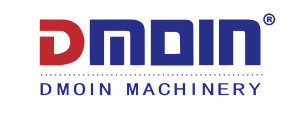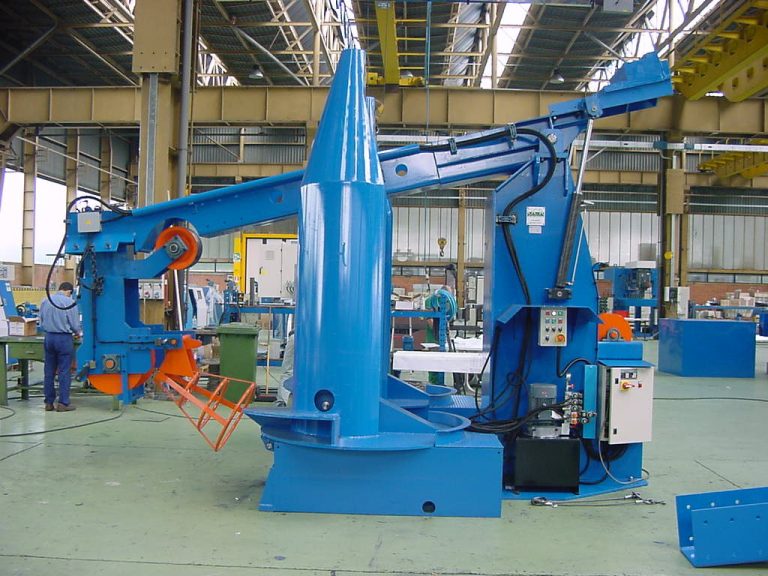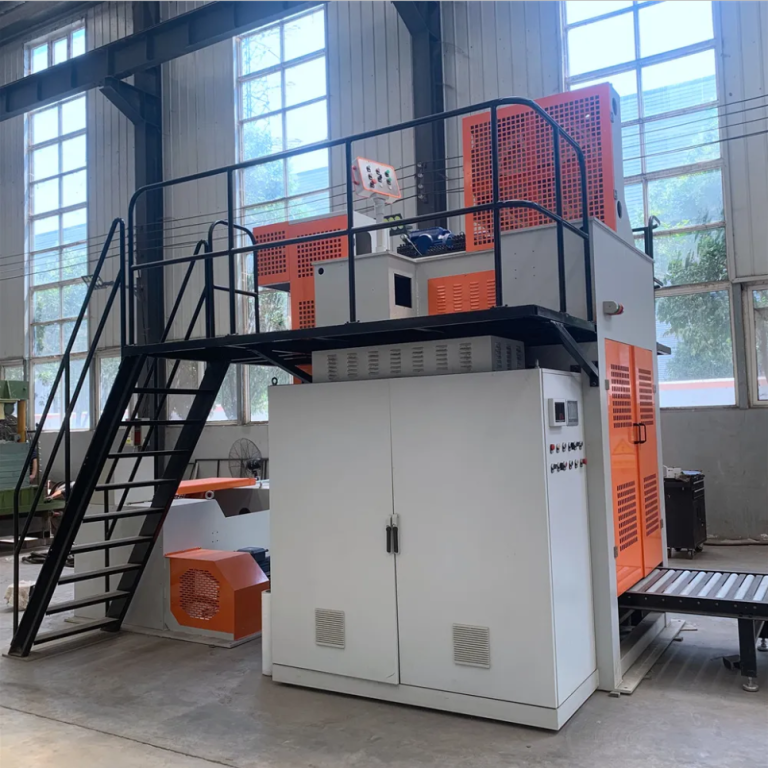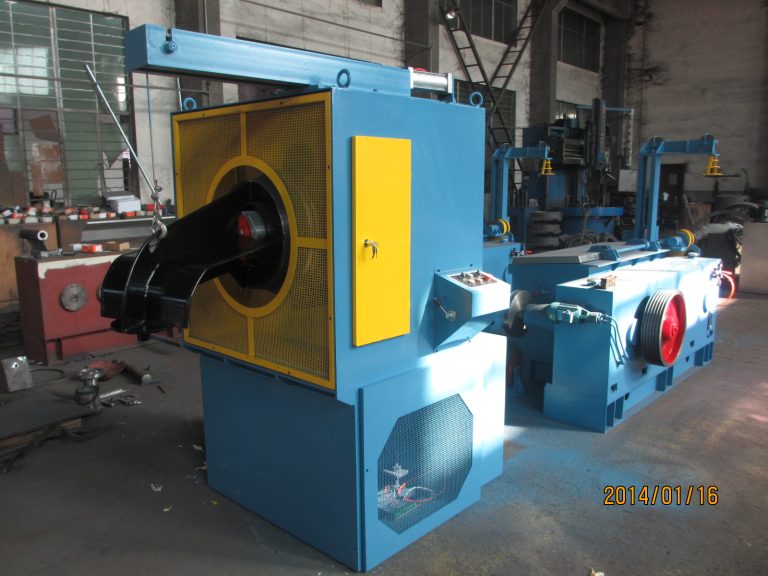Table of Contents
Izinto eziluncedo zokuSebenzisa uMatshini we-Horizontal Spooling kwi-Industrial Applications
Indlela yokuGcina ngokuchanekileyo kunye nokuJonga iNgxaki umatshini wokuSpoola oNxweme ukuze usebenze ngokuLungileyo

Omnye umsebenzi obalulekileyo wokulondoloza kukucoca rhoqo umatshini kwaye ususe nayiphi na inkunkuma okanye i-buildup enokuthi ichaphazele ukusebenza kwayo. Uthuli, ukungcola, kunye nezinye izinto ezingcolileyo ziyakwazi ukuqokelela kumatshini ngokuhamba kwexesha, kubangela imiba kunye neendawo ezihambayo kunye nokuchaphazela ukusebenza ngokubanzi. Ukucocwa rhoqo kuya kunceda ukuthintela le miba kwaye ugcine umatshini usebenza kakuhle.
Xa kuziwa ekuxazululeni iingxaki zoomatshini abanqamlekileyo abanqamlekileyo, kukho imiba embalwa eqhelekileyo abanokuthi bahlangabezane nayo. Umba omnye oxhaphakileyo kukutyibilika, apho impahla etshayiweyo okanye engasebenziyo ityibilika kwi-spool. Oku kunokubangelwa yimimiselo engafanelekanga yoxinzelelo, iibhanti ezigugileyo okanye ezonakalisiweyo, okanye i-spool engcolileyo okanye eyonakeleyo. Ukucombulula lo mba, abaqhubi kufuneka bajonge izicwangciso zoxinzelelo, bahlole iibhanti zokuqhuba ukuba zinxitywe, kwaye bacoce okanye batshintshe i-spool njengoko kufuneka.
Omnye umba oxhaphakileyo kukungahambi kakuhle, apho izinto ezenziwayo okanye ezikhutshwayo zingahambelani ngokufanelekileyo kwi-spool. . Oku kunokubangelwa yi-spools engahambelani kakuhle, iibheringi ezigugileyo okanye ezonakalisiweyo, okanye izicwangciso zoxinzelelo ezingafanelekanga. Ukucombulula lo mba, abaqhubi kufuneka bajonge ukulungelelaniswa kwespools, bahlole iibheringi ukuba zigugile, kwaye bahlengahlengise izicwangciso zoxinzelelo njengoko kufuneka.
Kwezinye iimeko, abaqhubi banokudibana nemiba kunye namalungu ombane omatshini, njengezinzwa ezingalunganga okanye ulawulo. Ukuba umatshini awuphenduli kakuhle kwimiyalelo okanye ubonisa imiyalezo yemposiso, abaqhubi kufuneka bajonge uqhagamshelo lombane, izinzwa kunye nolawulo kuyo nayiphi na imiba. Kwezinye iimeko, ukusetwa kwakhona okulula okanye uhlengahlengiso lolawulo lomatshini kunokuba yiyo yonke into efunekayo ukusombulula lo mba.
Kuko konke, ukugcinwa okufanelekileyo kunye nokucocwa kwengxaki koomatshini be-spooling abathe tyaba kubalulekile ukuze kuqinisekiswe ukusebenza kakuhle kunye nokuthintela ukuhla kweendleko. Ngokulandela la macebiso kunye nobuchule, abaqhubi banokugcina oomatshini babo besebenza ngokutyibilikayo nangokufanelekileyo, bevelisa iimveliso ezikumgangatho ophezulu ezinemiba encinci. Ukugcinwa rhoqo, iisetingi zoxinzelelo olufanelekileyo, kunye nokucoca ngokucokisekileyo ngundoqo ekugcineni oomatshini bokuhlamba abathe tyaba bekwimeko ephezulu. Ngokujongana nemiba eqhelekileyo efana nokutyibilika, ukungahambi kakuhle, kunye nemiba yombane ngokukhawuleza, abaqhubi banokucutha ixesha lokuphumla kwaye bandise imveliso.
How to Properly Maintain and Troubleshoot Horizontal Spooling Machine for Optimal Performance
Horizontal spooling machines are essential equipment in various industries for winding and unwinding materials such as wire, cable, rope, and tubing. Proper maintenance and troubleshooting of these machines are crucial to ensure optimal performance and prevent costly downtime. In this article, we will discuss some key maintenance tips and common troubleshooting techniques for horizontal spooling machines.
Regular maintenance is essential to keep a De-Spooling Machine Horizontal running smoothly. One of the most important maintenance tasks is to regularly inspect and lubricate the machine’s moving parts. This includes the bearings, gears, and drive shafts. Proper lubrication will help reduce friction and wear, extending the life of the machine and ensuring smooth operation.
In addition to lubrication, it is important to regularly check the tension settings on the machine. Improper tension can lead to uneven winding or unwinding of materials, causing issues with the final product. Adjusting the tension settings as needed will help ensure consistent performance and high-quality output.
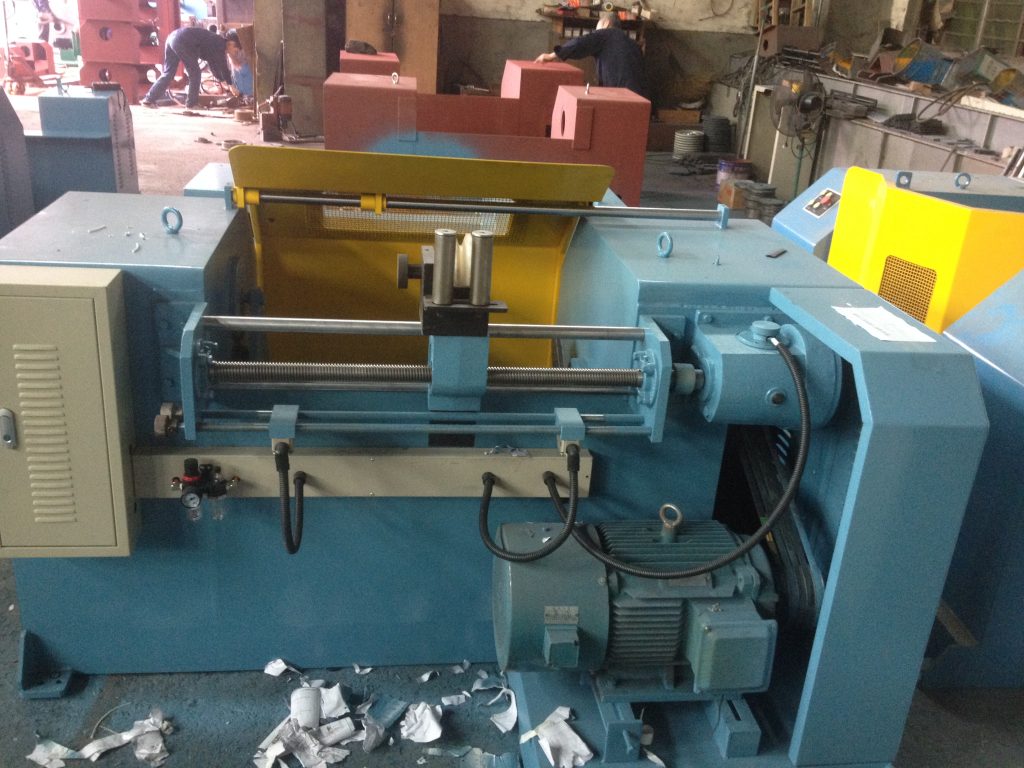
Another important maintenance task is to regularly clean the machine and remove any debris or buildup that may be affecting its performance. Dust, dirt, and other contaminants can accumulate on the machine over time, causing issues with the moving parts and affecting the overall operation. Regular cleaning will help prevent these issues and keep the machine running smoothly.
When it comes to troubleshooting horizontal spooling machines, there are a few common issues that operators may encounter. One common issue is slippage, where the material being wound or unwound slips on the spool. This can be caused by improper tension settings, worn or damaged drive belts, or a dirty or damaged spool. To troubleshoot this issue, operators should check the tension settings, inspect the drive belts for wear, and clean or replace the spool as needed.
Another common issue is misalignment, where the material being wound or unwound does not align properly on the spool. This can be caused by misaligned spools, worn or damaged bearings, or improper tension settings. To troubleshoot this issue, operators should check the alignment of the spools, inspect the bearings for wear, and adjust the tension settings as needed.
In some cases, operators may also encounter issues with the machine’s electrical components, such as faulty sensors or controls. If the machine is not responding properly to commands or is displaying error messages, operators should check the electrical connections, sensors, and controls for any issues. In some cases, a simple reset or recalibration of the machine’s controls may be all that is needed to resolve the issue.
Overall, proper maintenance and troubleshooting of horizontal spooling machines are essential to ensure optimal performance and prevent costly downtime. By following these tips and techniques, operators can keep their machines running smoothly and efficiently, producing high-quality products with minimal issues. Regular maintenance, proper tension settings, and thorough cleaning are key to keeping horizontal spooling machines in top condition. By addressing common issues such as slippage, misalignment, and electrical issues promptly, operators can minimize downtime and maximize productivity.
